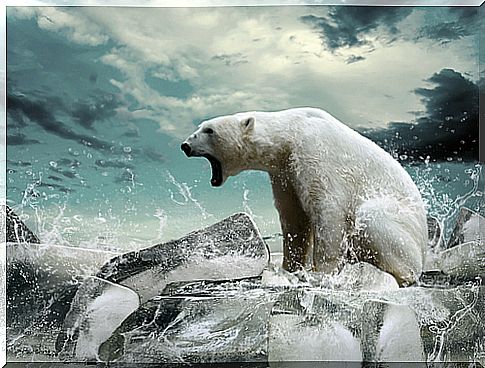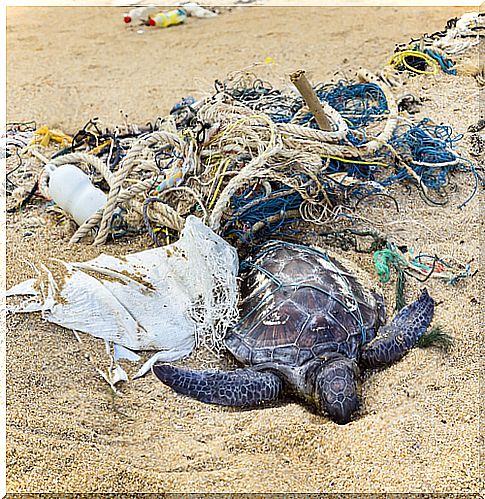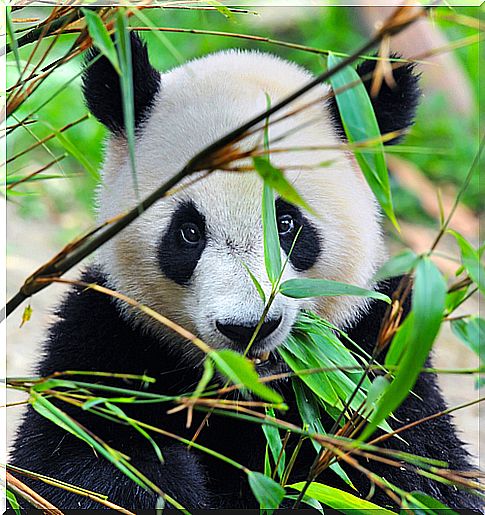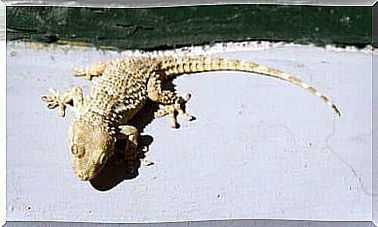The Number One Enemy Of Endangered Species

A long-standing concern in the scientific world is whether we are dangerously approaching a new mass extinction. Mass extinctions are nothing more than events that have caused a massive subversion of the ecosystem with the disappearance of over 75% of animal and botanical species as happened in the Cretaceous-Tertiary with the disappearance of dinosaurs.
The situation is worrying if we consider that there are currently 2448 species at risk of extinction, of which 1665 are in a critical state.
To determine that a species is at risk of extinction, an indicator called “ conservation status ” is used which takes into account the current population, in captivity and in the wild, and the real possibility that a species may exist in the short or medium term.
The factors that are taken into account in these researches are the reproduction tendencies, over a long interval of time, the presence of predators and habitat changes.
No doubt human intervention has negatively affected thousands of species: many are endangered and at risk of extinction. This is due to two factors that have not yet been able to control, even after the introduction of conservation policies. These two factors are: the wild depredation of species and the loss of natural habitat.
The depredation of species

The species to which we belong, man, should be ashamed of being the only animal that kills for fun, loots and raids without any need and wastes resources without criteria. Although we pride ourselves on being rational animals. These types of behaviors cause man to be nothing more than a plague on the planet.
Some behaviors that fall under depredation are:
Indiscriminate hunting: Since there is no prey selection process, it happens that many animals are injured or die. It hunts without thinking whether the prey is marketable or not. Often killed animals are discarded simply because they were not the target of the hunt, as happens for example with trawling nets.
Poaching: For example, fishing with explosives.
Excessive hunting: This is the practice that has most threatened animals, especially species hunted for skin, bones or because collectors believe that animals are trophies and not living beings.
Excessive question: It is what has brought animals such as whales, seals and dolphins to the verge of extinction. These animals are used for the elaboration of products that we use on a daily basis. Real raids are carried out in order to satisfy the exorbitant demand of consumers.
Loss of natural habitat

It is increasingly common to hear about close encounters with wild animals (bears, tigers, lions, etc.), which in the past was quite unusual. This happens because the human being expands more and more. Living in an overpopulated planet, the expansion of cities, industries, trade, agriculture, intensive farming and logging have drastically reduced the living space of thousands of species.
Ecosystems are extremely delicate and even the slightest change alters the food chain and reproductive cycles, leading to the direct death of many animals and the disappearance of others. Ecosystems are real chains that involve all species, animals and plants, the climate and other vital conditions of certain categories.
What to do to remedy it
We must realize that it is precisely the daily gestures linked to consumption that are the main cause of the problem. Recycle, buy houses already built, avoid buying objects or products that contain substances obtained from animals at risk of extinction (for example, most cosmetics are based on whale fat, there are many based on mineral fats, find them it is not difficult), not buying exotic animals to keep them as pets, denouncing any behavior that could harm the planet (bad waste handling, contamination of aquifers, etc.) are just some of the actions that could lead us to a solution. We must talk about it and support it, even if only through social networks, institutions and associations that fight for the conservation of species.









